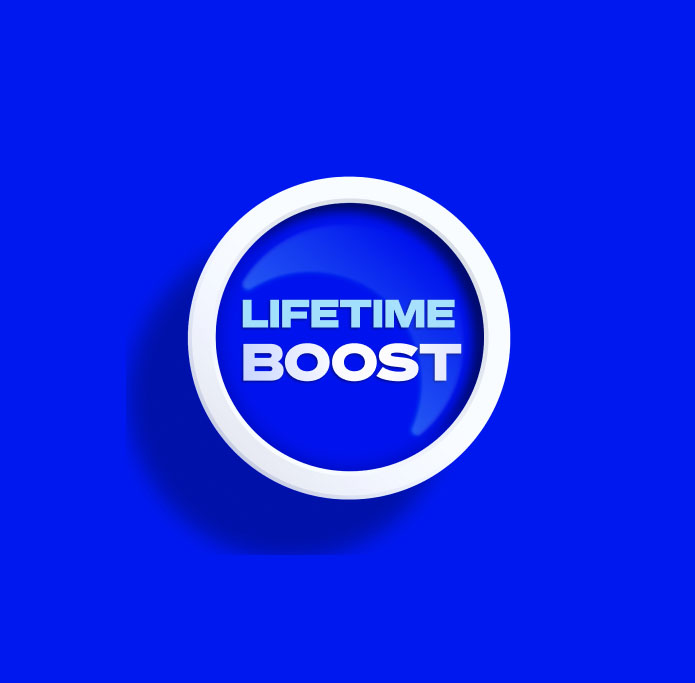With tax time upon us, you might be interested in the following deduction tips, which may help increase the amount of money you get back.
Lots of things can affect your tax refund, including sources of income from work, investments and government assistance, including any JobSeeker payments you may have received during the financial year.
Other factors that can play a part, include whether you have work-related expenses, such as from travel, equipment, clothing or what you might’ve forked out if you’ve been working from home.
Here’s a quick rundown of things you could consider when preparing and lodging your tax return and hopefully maximising your refund for the 2024-25 financial year which ended on 30 June 2025.
Who needs to prepare and lodge a tax return?
There will be some people, who won’t need to lodge a tax return. This usually includes those with lower levels of income and some older Australians.
Those who will have to lodge a tax return will typically have received income above certain thresholds, or certain types of income.
If you’re not sure if you have to lodge a tax return, the ATO’s online tool can help you figure it out.
What documents do you need to lodge your tax return?
Some of the things you may need when lodging your tax return might include, but won’t necessarily be limited to:
Your tax file number
Your bank account details, so the ATO knows where to deposit any refund you may be eligible for
Any payment summaries or income statements from your employers or superannuation fund, as applicable
Payment info from Centrelink (Services Australia) relating to assistance and relief packages
Details regarding any other sources of income (from business, property, investments or shares)
Receipts or statements for the expenses you’re claiming as deductions
Any private health insurance information you may have
Receipts from charitable donations if you’ve made any.
Note, if you lodge your tax return yourself using myTax, which is available through the myGov website and ATO app, most information from your employers, banks, government agencies, health funds and other third parties will generally be pre-filled for you by late July.
What tax deductions could you claim when you lodge your tax return?
Most tax deductions will be work related. However, a work-related expense will only be deductible if you weren’t reimbursed by your employer, it directly relates to you earning an income, and you have a record, such as a receipt (unless the amount you’re claiming is $300 or less, in some instances).
Work-related tax deductions may include:
Vehicle and travel expenses
Uniforms, as well as occupation-specific and protective work clothing, including footwear
Working-from-home expenses, including electricity, phone and internet costs. Note, there are two ways to calculate a work from home deduction, the fixed rate method and the actual cost method. For more information on these methods, see the ATO’s guide to claiming working from home expenses.
Education costs relevant to your job, such as course fees, textbooks, memberships and subscriptions
Tools and equipment, such as sunscreen and sunglasses if you work outside, or laptop and relevant software if you work in an office or home office.
For more information on deductible items related to your specific industry, see the ATO’s occupation and industry specific deduction guides.
Meanwhile, if your expenses are for both work and personal use, you can only claim a deduction for the work-related portion, which could for instance be 50% of your phone and internet bundle.
Another example might be if you go on an interstate study trip or conference, but are taking a holiday at the same time, you wouldn’t be able to claim the entire trip as a work-related expense.
Additional deductions you may be able to claim:
Certain personal super contributions if you’ve made any
Interest on loans for income-producing investments and other investment-related expenses
Gifts and donations to deductible gift recipients, such as charities
Union fees
Last year’s tax return fee, if you engaged a tax agent.
If you’re having trouble keeping track of all your receipts, checkout the myDeductions tool in the ATO app. This allows you to save a record of your deductions throughout the financial year, which you can then upload at lodgement time.
Should you lodge your tax return yourself or use a tax agent?
You can lodge your tax return yourself free of charge via MyTax, accessible through the myGov website and ATO app, or you can complete a paper tax return, or engage a registered tax agent to do it for you, which will incur a fee that’s typically tax deductible.
Lodging your tax return yourself
If your finances are relatively simple, you might consider lodging your own tax return (which you’ll need to do by 31 October). As mentioned above, a lot of information will also be pre-filled for you by late July.
Engaging a registered tax agent
If you do want to use a registered tax agent to prepare and lodge your tax return, it’s important to note you will pay a fee for their service, but it’ll typically be deductible next financial year.
Note, you should make sure your tax agent is registered with the Tax Practitioners Board (TPB).You can find a registered tax agent or check whether a person is registered, by visiting the TPB website.
If your finances are more complex, using a tax agent may provide you with peace of mind, as it could save you time, highlight deductions you didn’t know about, while making sure all your claims are legitimate.
On top of that, most registered tax agents have a special lodgement program, which means they can often lodge returns for their clients after the usual 31 October deadline, but you’ll need to contact them beforehand.
Where to go if you need a bit of help?
To make sure you have all the relevant information you need ahead of lodging your tax return, check out the ATO’s tax time checklist.
You may also like
-

Why mini business owners should separate business and personal banking Discover why having separate business and personal bank accounts is essential for mini businesses, sole traders, side hustlers and freelancers to help your business grow. -

5 tips to grow your small business Discover essential tips to leverage social media, expand your team, pursue continuous learning, network effectively and stay true to your values. -

Time-saving hacks for small business owners Discover essential time-saving hacks for small business owners, from small business owners. Regain control, achieve a better work-life balance and drive your business towards success.
Important information
Any advice and information is provided by AWM Services Pty Ltd ABN 15 139 353 496, AFSL No. 366121 (AWM Services) and is general in nature. It hasn’t taken your financial or personal circumstances into account.
Any general tax information provided is intended as a guide only and is based on our general understanding of taxation laws current at the date of publication. It’s not intended to be a substitute for specialised taxation advice or an assessment of your liabilities, obligations or entitlements that arise, or could arise, under taxation law, and we recommend you consult with a registered tax agent / tax professional before deciding to act on the information provided.
It’s important to consider your particular circumstances and read the relevant product disclosure statement, Target Market Determination or terms and conditions, available from AMP at amp.com.au, or by calling 13 30 30, before deciding what’s right for you.
You can read our Financial Services Guide online for information about our services, including the fees and other benefits that AMP companies and their representatives may receive in relation to products and services provided to you. You can also ask us for a hardcopy.
All information on this website is subject to change without notice.








